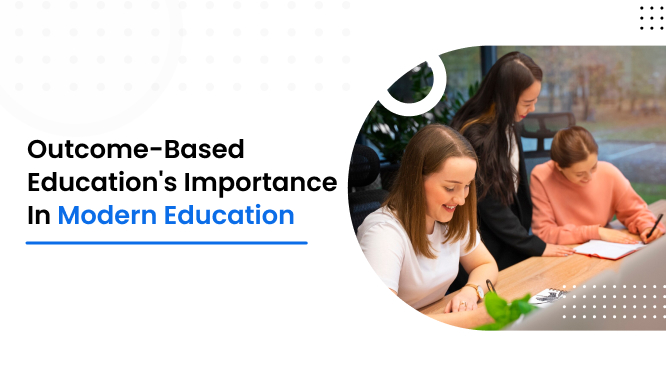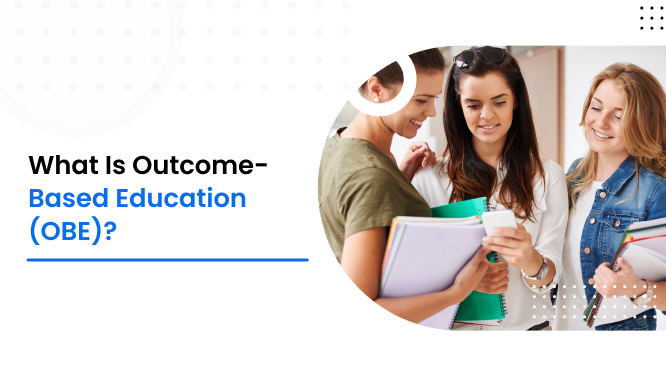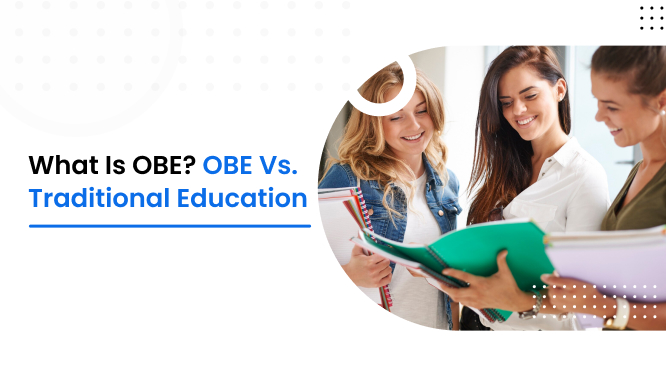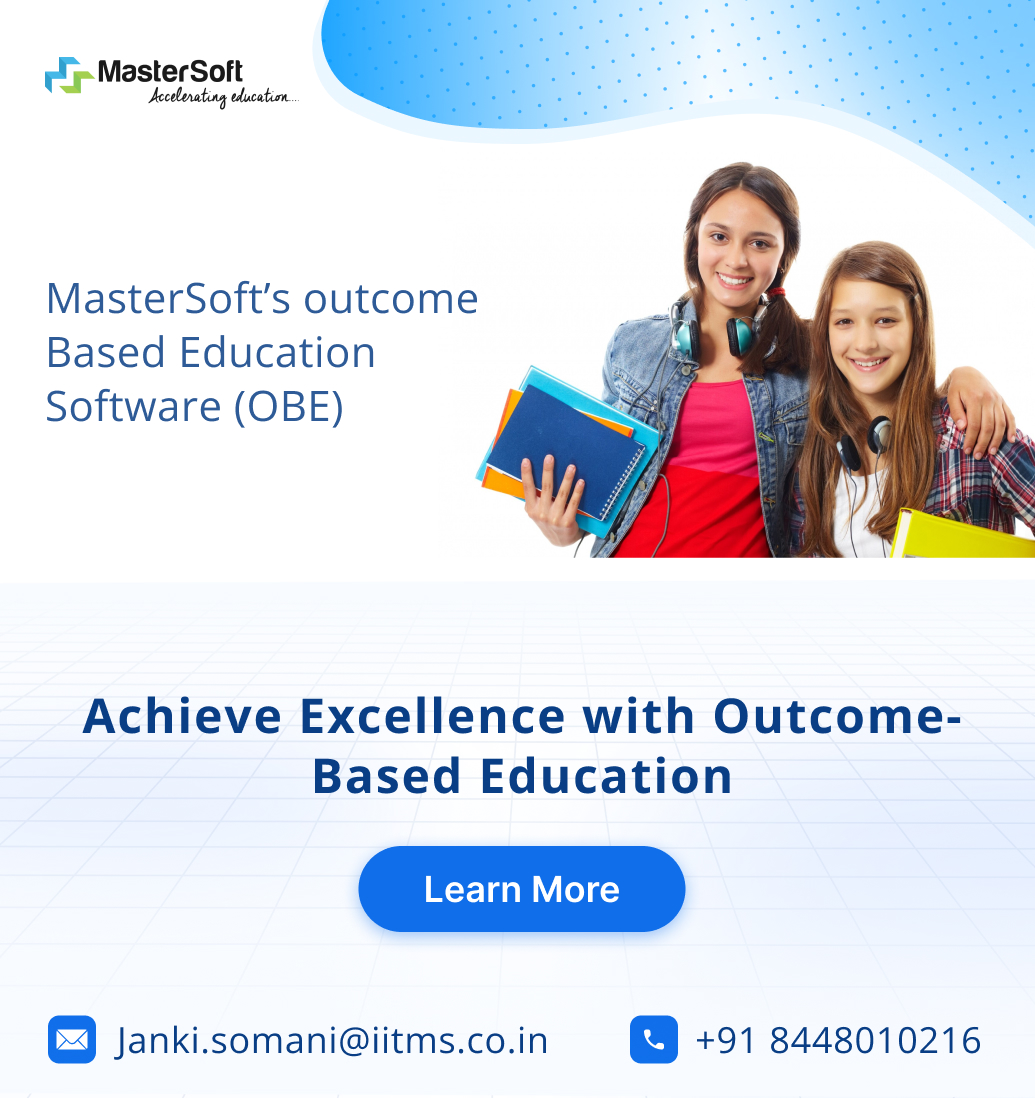Outcome-Based Education's Importance in Modern Education
The success rate of graduates securing employment opportunities varies, wherein some find jobs in their preferred areas and others don’t. Engineering graduates struggling to obtain an entry-level job or MBA degree holders failing to crack an interview are common.
What are the reasons behind such inefficiencies? Are the students to be blamed? It is noteworthy to delve into the underlying factors, which point towards inadequate pedagogies. No wonder modern and effective methods like outcome-based education have become a staple to improve teaching and learning practices.
What is Outcome-Based Education?
Outcome-based education is an innovative educational method that specifies the learning outcomes of a course or a program. Also, it pinpoints the goals and objectives that students must fulfill throughout the academic year.
Therefore, it provides a structure according to which teachers design and plan teaching methodologies and learning activities. Furthermore, the curriculum content is in sync with the pre-determined educational outcomes.
In addition, teachers develop and include strategic assessment mechanisms that help to evaluate students’s ongoing progress. They monitor whether the students advance and achieve academic milestones according to the set criteria.
Two Central Tenets of Outcome-Based Education
Clarifying the Outcomes
It is imperative to determine the educational outcomes and declare them in clear and concise words. It helps teachers and students avoid any confusion and understand the goals; therefore, they will be on the right track.
Outcome-Oriented Education
The course content, education methodologies, syllabus, in-classroom activities, assignments, etc. must be in line with the outcomes.
Therefore, the importance of outcome-based education lies in establishing a purpose-driven education wherein students learn relevant skills and knowledge. Moreover, instead of theory-intensive teaching and learning, mastery of learning gets higher emphasis.
But is that it? Let us take a brief look at how outcome-based education impacts the modern education system.
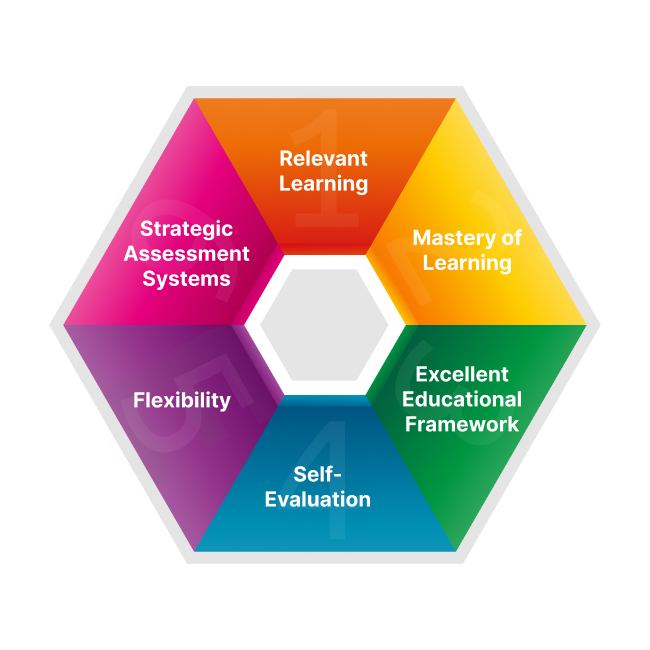
1. Relevant Learning
Are the things that we learned twenty years ago still relevant today? There are no ‘’yes’’ or ‘’no’’ answers to such questions. The simple reason is that in some cases, the facts remain unchanged, while many theories have evolved and changed with time.
Besides, in light of new discoveries, empirical research, and technological development, institutes must adapt. Therefore, relying on a curriculum that has been used for a long time does a major disservice to the education process.
The OBE approach prioritizes relevant education through the latest knowledge and skill development and infusing traditional education’s few elements. It incorporates the latest teaching techniques, including e-learning modules. Students reap great benefits from this approach, such as:
- They learn in-demand skills that will help them thrive in professional fields.
- They update their knowledge in particular areas.
- They become proficient in specific areas.
2. Mastery of Learning
In the traditional education system, the focus is on completing the syllabus as soon as one can, giving little or no importance to actual learning. On the other hand, there are no specific methods of evaluating individual student progress.
Students rush to keep up with the pace; some succeed, but many struggle and hesitate to express their issues. In stark contrast, OBE focuses on mastery of learning; students spend time and effort clarifying concepts.
It is a self-paced educational approach that motivates self-paced and self-directed learning and mastery of concepts. The goal is to reduce peer pressure and exam anxiety and encourage students to improve their knowledge and understanding.
3. Excellent Educational Framework
An outdated syllabus, curriculum, and exam-oriented education system are conducive to inconsequential learning outcomes. Therefore, outcome-based education has a specific educational framework that streamlines the teaching and learning process.
Since the end result of the particular course is the primary objective, the OBE approach has been drafted accordingly. As a result, there are a few critical aspects, such as:
- Programme educational objectives
- Programme Outcomes
- Course Outcomes
Programme educational objectives are statements that refer to professional and career goals that the programme prepares students to achieve. In fact, PEOs are particular skills and knowledge that graduates can use and apply in a given profession.
Programme outcomes delineate the skills and competencies that graduates will be able to demonstrate by the end of the program. Last but not least, the course outcomes are statements that reflect the overall learning of the students.
Hence, these outcomes provide a concrete framework through which teachers can gauge and evaluate students’s ongoing progress. Also, it helps them streamline the teaching and evaluation methodologies.
4. Self-Evaluation
Why am I still having issues understanding this concept? What is the difference between both theories? Has there been any discernible difference between previous and current assessment results? These are some of the questions that students can ask through the OBE method.
Self-learning is an important part of the approach that allows learners to reflect on their learning and ongoing progress. It provides them with a well-planned curriculum, allowing them to plan their lessons accordingly.
Consequently, they get the perfect opportunity to determine the areas where they keep facing consistent issues. Self-evaluation provides them with clarity, helping to improve their shortcomings.
5. Flexibility
A rigid educational structure is one where teachers stick to a one-dimensional approach and rarely venture into additional pathways. In contrast, OBE gives students the freedom to utilise various methods of facilitating high-quality teaching and learning.
For instance, they can adjust the teaching methodologies according to the learning requirements of students. Instead of employing a single technique, they can implement several practical learning activities.
Moreover, they can conduct unique and interactive learning activities such as presentations, debates, in-depth explanations, demonstrations, etc. In most of these activities, students will play an active role, while the teachers will act as modifiers.
Consequently, it helps to create an engaging classroom environment, urging all students to take part. Furthermore, it helps to boost their communication skills, analytical skills, creative thinking, and problem-solving capability.
6. Strategic Assessment Systems
Moving beyond the standard summative paper-and-pen examinations, OBE focuses on regular formative assessments. It treats assessments as a part of learning rather than the output of learning. Hence, employing tools like LMS Software helps facilitate regular assessments and obtain in-depth student performance reports.
Hence, teachers conduct a combination of examinations, including projects, assignments, group projects, and simulations. All of these help assess a student’s ongoing progress. Simultaneously, continuous and regular evaluations of the programme are just as important.
Besides, carrying out annual programme evaluations is instrumental in determining the effectiveness of the programme and student learning outcomes.
Bottom Line,
Outcome-based education is a unique educational method that centres around establishing an effective teaching and learning system. It helps to highlight the goals and objectives of a programme or course, allowing for the organisation of the curriculum accordingly.
Hence, the faculty prepares the lesson plan and employs various techniques that align with the pre-determined criteria. Precision, clarity, and focus are the by-products of the OBE approach that encourage improved learning habits and outcomes.
